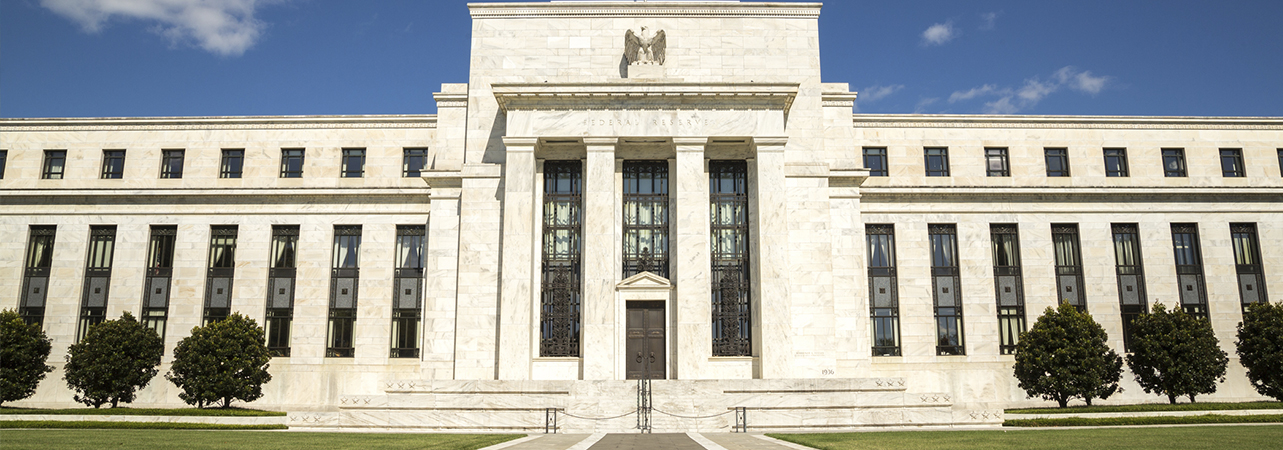Decemeber 2018
Although US equity markets hit record highs during 2018, they ended the year in negative territory, pulled down by concerns over trade tensions, rising interest rates, a partial shutdown of the federal government, and wider worries about the outlook for global economic growth.
- The federal funds rate was increased by 25 basis points
- Around 25% of the government experienced a shutdown
- The US and China postponed increases in trade tariffs
To view the series of market updates through December, click here
Although US equity markets hit record highs during 2018, they ended the year in negative territory, pulled down by concerns over trade tensions, rising interest rates, a partial shutdown of the federal government, and wider worries about the outlook for global economic growth.
“The S&P 500 Index experienced its worst December since 1931”
The S&P 500 Index experienced its worst December since 1931, falling by 9.2% over the month. Over the year, it posted a 6.2% decline. In comparison, the Dow Jones Industrial Average Index fell by 8.7% during December and by 5.6% over 2018, and the technology-rich Nasdaq Index declined by 9.5% over the month and by 3.9% over the year.
Investors were briefly buoyed by an agreement between the US and China to postpone new trade tariffs for 90 days following a G20 summit in Buenos Aires. New US tariffs on Chinese goods had been scheduled to take effect on 1 January 2019, but a temporary truce will postpone their implementation; meanwhile, China will purchase a “substantial” quantity of US products in a move designed to reduce the trade imbalance between the two countries. Nevertheless, investors’ relief was quickly tempered by President Trump, who stated: “I am a Tariff Man”.
As expected, the Federal Reserve (Fed) raised its key federal funds rate in December by 25 basis points to a range of 2.25% to 2.5%. Economic growth is expected to slow down in the US, and the Fed downgraded its economic growth predictions in 2019 from 2.5% to 2.3%. Looking ahead, the Fed expects to implement only two interest-rate increases in 2019, instead of three. Relations between the central bank and President Trump continued to deteriorate as the President described the Fed as the US economy’s “only problem” and accused officials of not having “a feel for the market”.
Investor optimism was further dented by a shutdown of approximately 25% of the federal government as President Trump reached stalemate with the Democratic Party over the funding of his controversial border wall. The shutdown is set to affect the US Commerce Department, which will not release economic data including GDP and inflation data. Elsewhere, US Treasury Secretary Steve Mnuchin failed to reassure investors by unexpectedly revealing that he had called the chief executives of the six largest US to confirm that they have “ample liquidity available for lending to consumer, business markets, and all other market operations”.
















